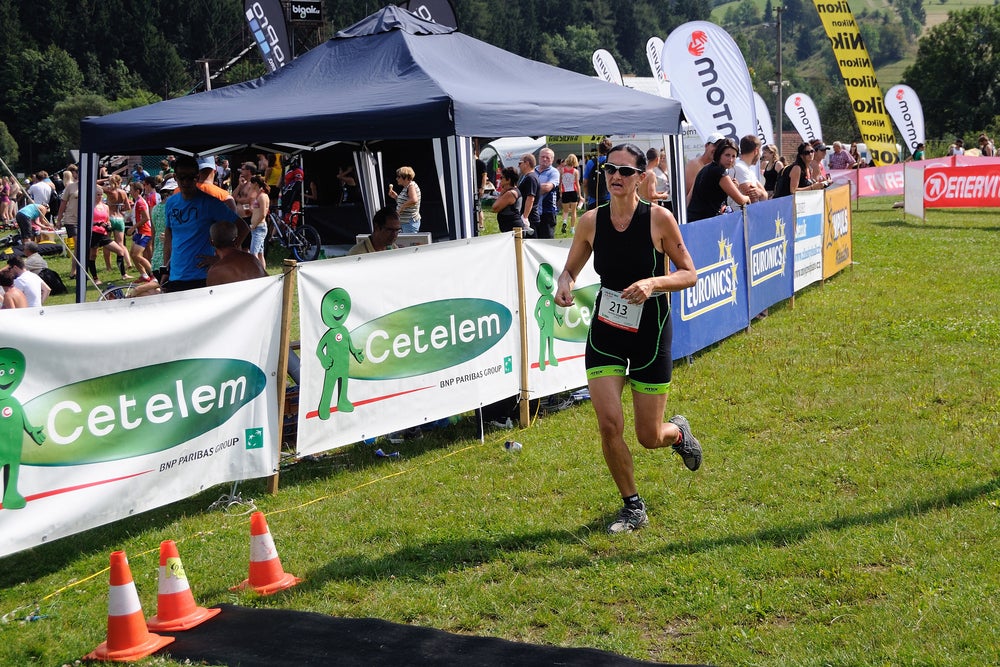Dear Coach: Redemption Races And Negative Spliting

Photo: <a href="http://www.shutterstock.com/gallery-555805p1.html?cr=00&pl=edit-00">Zdenek Krchak</a> / <a href="http://www.shutterstock.com/editorial?cr=00&pl=edit-00">Shutterstock.com</a>
Coach Ian Murray answers two reader questions.
My “A” race went poorly. Do you have any basic guidelines for seeking out a “redemption race”?
It’s critical to get back on the horse after any race goes poorly. But before doing so, you need to immediately assess where that previous event went wrong. Sometimes the root issue is tucked far away from where the problem appears to be. This requires a cause-and-effect analysis. The objective perspective of a professional coach can help in this process. Once the error has been identified, the “redemption race” can serve as the proof that you are in control of the issue and you can perform well.
RELATED: How To Train Through A Race
What is “negative splitting” and is it always a good idea in a race?
The term refers to covering the second half of a race segment faster than the first. This approach diminishes your chances of charging out too hard and consequently exhausting too early. Let’s use an Olympic-distance triathlon as an example. It would be wise to negative split each segment of the race. Say the 40K bike takes you an hour and 20 minutes: The first 20K was ridden comfortably in 42 minutes and then the second 20K was ridden stronger in 38 minutes. That would again be a negative split and a fairly well-paced effort.
Athletes have the most difficulty negative splitting the run. They feel the energy of the crowd in T2 and charge into the run at a blistering pace. Here’s an example of poor pacing: Assume an athlete is capable of running a 45-minute 10K off the bike (about 7:15 per mile); however, he goes out too fast and covers the first 5K in 20 minutes (approx. 6:30 pace). Then fatigue sets in, perhaps a cramp comes on, and he slows to an 8:30 pace and covers the second half in 26:25. The result is a 46:25 for the 10K. If he had committed to a negative split, the first 5K could have been a comfy 23 minutes and there would have been energy for a 21:30 second half for a 44:30 total—nearly two minutes faster.
RELATED: The Positives Of A Negative Bike Split
Ian Murray is a Level III USAT coach who lives in Pacific Palisades, Calif.